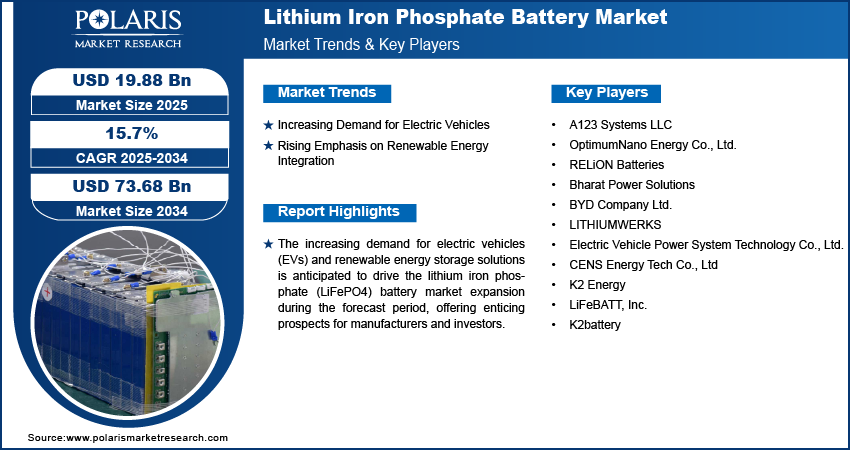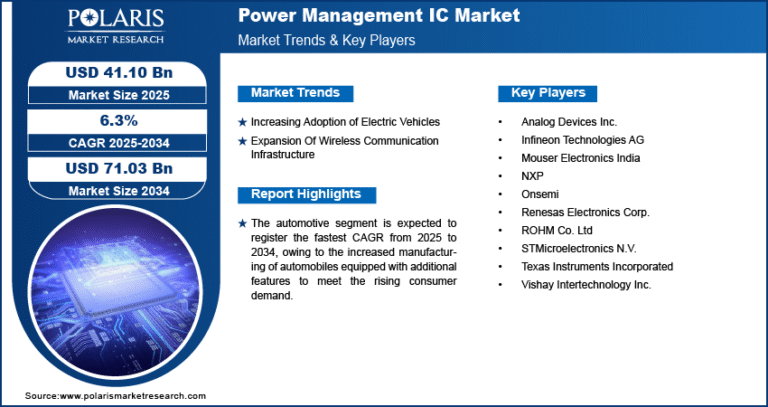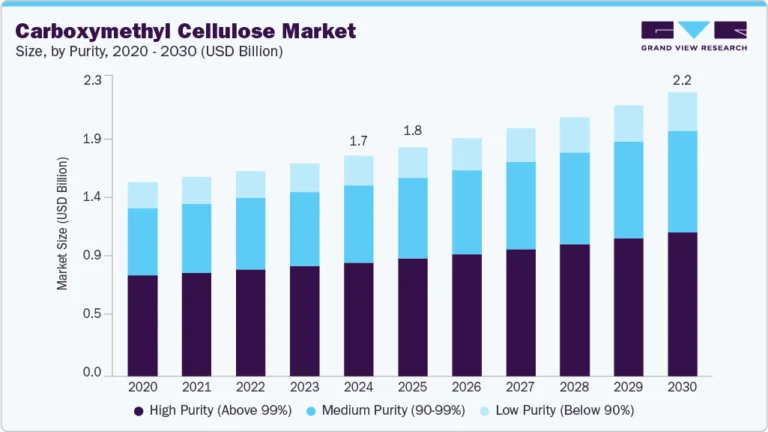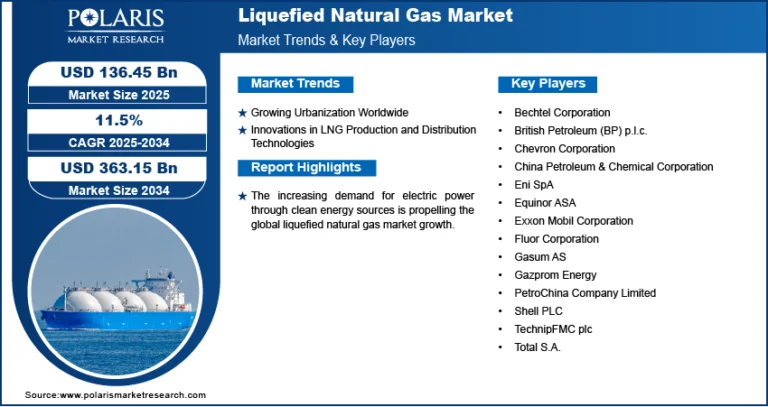Lithium Iron Phosphate (LFP) Battery Market Projected to Reach USD 73.68 Billion By 2034, Growing at a CAGR of 15.7%

The global Lithium Iron Phosphate (LFP) Battery market was valued at USD 17.20 billion in 2024 and is projected to grow from USD 19.88 billion in 2025 to USD 73.68 billion by 2034 , exhibiting a robust Compound Annual Growth Rate (CAGR) of 15.7% during the forecast period from 2025 to 2034 .
- Rising Demand for Safe and Stable Battery Chemistry: LFP batteries are known for their superior thermal stability, longer cycle life, and enhanced safety compared to other lithium-ion chemistries, making them increasingly popular across industries.
- Growth in Electric Vehicle (EV) Adoption: The EV sector is one of the largest drivers for LFP batteries due to their cost-effectiveness, improved safety profile, and suitability for applications like electric buses, passenger cars, and two-wheelers, especially in China and Europe.
- Expansion into Energy Storage Systems (ESS): LFP batteries are gaining traction in renewable energy storage applications such as solar Panels and wind power systems due to their long lifespan and deep discharge capabilities.
- Increasing Use in Consumer Electronics and Power Tools: Manufacturers are adopting LFP batteries in portable electronics and cordless tools due to their lightweight design, high efficiency, and environmental friendliness.
- Shift Toward Sustainable and Cobalt-Free Chemistries: As automakers and battery manufacturers seek alternatives to cobalt-based chemistries due to supply chain concerns and ethical sourcing issues, LFP has emerged as a preferred option.
Market Size & Forecast
- Market Size in 2024 – USD 17.20 billion
- Market Size in 2025 – USD 19.88 billion
- Projected Market Size by 2034 – USD 73.68 billion
- CAGR (2025–2034) – 15.7%
Lithium Iron Phosphate (LFP) batteries are a type of rechargeable lithium-ion battery known for their excellent safety features, long cycle life, and stable electrochemical performance. Unlike other lithium-ion variants, LFP batteries do not contain heavy metals like cobalt or nickel, making them more environmentally friendly and cost-effective.
The market is experiencing rapid growth driven by increasing demand from the automotive industry, particularly electric vehicles (EVs), as well as from energy storage systems (ESS) and industrial applications. With growing emphasis on decarbonization, clean energy transition, and sustainable mobility, LFP batteries are becoming a cornerstone of the global energy ecosystem.
Technological innovation continues to shape the future of the LFP battery industry. Companies are investing heavily in R&D to improve energy density, reduce manufacturing costs, and enhance battery integration with smart grid systems. Strategic partnerships between battery manufacturers, automakers, and renewable energy firms are also accelerating deployment across key sectors. As production scales up and global adoption accelerates, the LFP battery market is poised for substantial expansion over the next decade.





